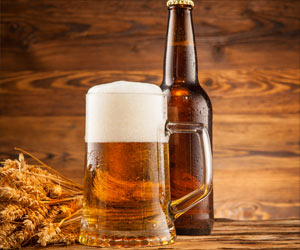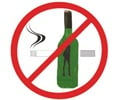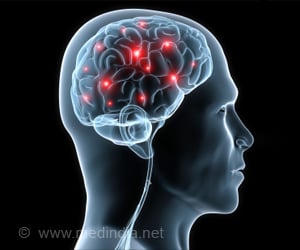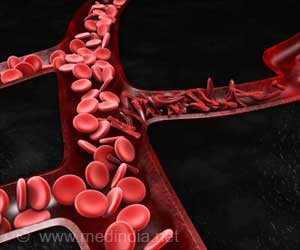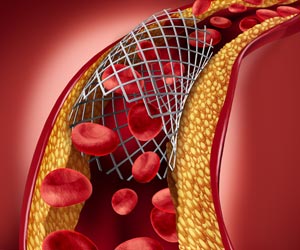Cravings are associated with neurotransmitter systems. Alcohol craving in patients with alcohol use disorders was found to have high levels of glutamate in their brain.

‘Glutamate levels in the left dorsolateral prefrontal cortex (LDLPFC) of patients are linked to alcohol-craving intensity in patients with alcohol use disorders (AUDs).’





This study used magnetic resonance spectroscopy (1H-MRS) to examine the correlation between craving and glutamate levels in the left dorsolateral prefrontal cortex (LDLPFC) of patients with alcohol use disorders (AUDs). Fourteen participants (8 females, 6 males) underwent 1H-MRS to measure glutamate levels in the LDLPFC. Researchers also used the Pennsylvania Alcohol Craving Scale (PACS) and a research-validated interview method to quantify craving for alcohol and drinking patterns, respectively.
Although the study sample is small, these data suggest that glutamate levels in the LDLPFC are associated with alcohol-craving intensity in patients with AUDs.
Glutamate spectroscopy may be able to help identify biological measures of alcohol-craving intensity and help with treatment interventions.
Source-Newswise


